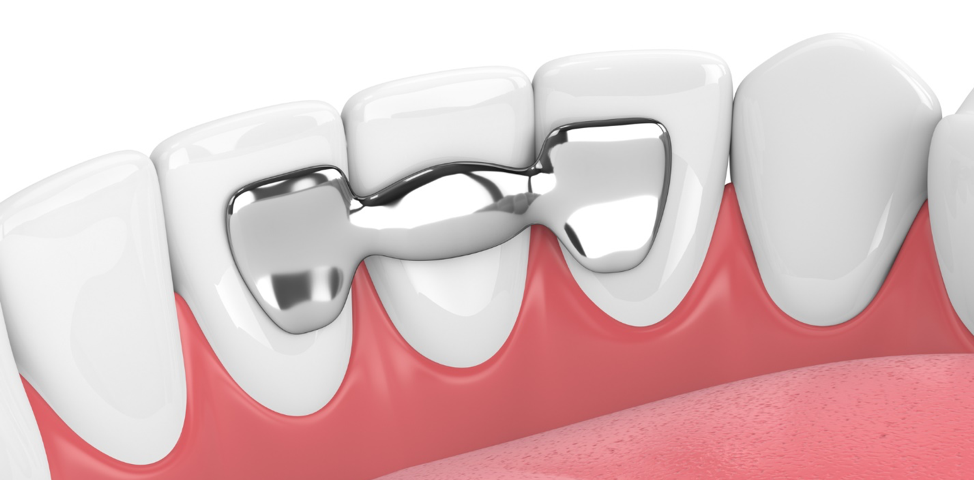
You’ve lost one or more teeth, and now your bite feels off without them
Losing a tooth shifts more than your smile. It affects chewing, speaking, even jaw balance. A dental bridge fills that space. It doesn’t just restore appearance. It brings function back. But not all bridges are the same. Your dentist doesn’t choose randomly. Each type fits a different mouth, a different loss, a different lifestyle. What works for one person might fail another.
Traditional bridges remain the most common, especially when strong teeth surround the missing space
Two crowns. One false tooth between. That’s a traditional bridge. The teeth beside the gap carry the load. They’re reshaped, capped, and bonded. The middle tooth, called the pontic, floats between them. This works well when both neighboring teeth are strong. But if they’re weak or already restored, this type might add strain. It’s strong, durable, and widely available. But it’s not always the gentlest choice.
Cantilever bridges come into play when there’s only one tooth to anchor the replacement
There’s no tooth on the other side. Only one remains. That’s when cantilever bridges are considered. The crown attaches to one healthy tooth. The other side remains unsupported. This design works in low-pressure areas. Like the front of the mouth. Molars? Too risky. Bite force is stronger there. Your dentist must weigh the load carefully. Because stress from one angle can wear everything down.
Maryland bridges skip the crowns and attach with metal or ceramic wings behind the teeth
You don’t want crowns. You want less alteration. Maryland bridges use a different method. They bond to the backs of nearby teeth. Small metal or porcelain wings hold the pontic in place. Minimal drilling. Less impact on surrounding teeth. But there’s a tradeoff—less stability. If your bite is strong or teeth are uneven, this design might loosen over time. Still, it’s ideal for front teeth. Invisible. Subtle. Conservative.
Implant-supported bridges offer strength without compromising surrounding natural teeth
No healthy teeth nearby? Or don’t want to touch the ones you have? Implant bridges offer a fix. Small titanium posts go into the jawbone. Then the bridge attaches to them. This bypasses natural teeth entirely. It preserves bone. Distributes force evenly. And feels like real teeth. But it takes longer. More healing. More cost. Still, for many, it’s the most secure long-term option.
Temporary bridges help you function while waiting for a permanent one to be crafted
You lose a tooth. You need time. The lab is building the final bridge. In the meantime, a temporary one fills the gap. Usually made of acrylic. It’s not as strong, but it looks good. Helps you speak. Chew soft foods. Smile. These aren’t built to last. But they’re necessary. Especially after extractions or surgeries. You get through the transition with ease and less self-consciousness.
Each type of bridge demands a different cleaning routine—design affects how you floss and rinse
Not all bridges are cleaned the same. Traditional types trap food under the pontic. You need special floss. Threaders. Water flossers. Implant bridges may require angled brushes. Maryland types are delicate—harsh brushing can dislodge them. Your dentist shows you how. But learning takes time. The wrong routine leads to plaque, decay, or loosening. So proper maintenance becomes daily prevention.
Your jawbone’s health matters—some bridges accelerate bone loss if the design doesn’t compensate
When a tooth goes missing, bone shrinks slowly beneath the gap. Without stimulation, the jaw weakens. Bridges that rest on gums don’t stop this. Only implants preserve bone density. That’s why dentists check x-rays first. Measure depth. Look at angles. Because choosing the wrong bridge for the wrong jaw can cause future collapse, bite misalignment, and expensive corrections.
Bridges aren’t just about the number of missing teeth—they depend on placement and bite pressure
One missing tooth at the front isn’t the same as one at the back. Front teeth deal with cutting. Back teeth carry pressure. Bridges for molars must withstand grind force. Front ones need aesthetics. Sometimes multiple teeth are missing in a row. That changes the balance. More pontics. More support. Choosing the right bridge is less about math—and more about mechanics.
You don’t just replace a tooth—you restore the system that supported it in the first place
Every tooth affects the next. You lose one, others shift. Bite becomes uneven. Joints compensate. Chewing wears faster. Bridges fix more than gaps. They reestablish order. Symmetry. Support. This is why dentists treat bridges like structure—not decoration. Because the goal isn’t just filling space—it’s giving your mouth back its foundation.
